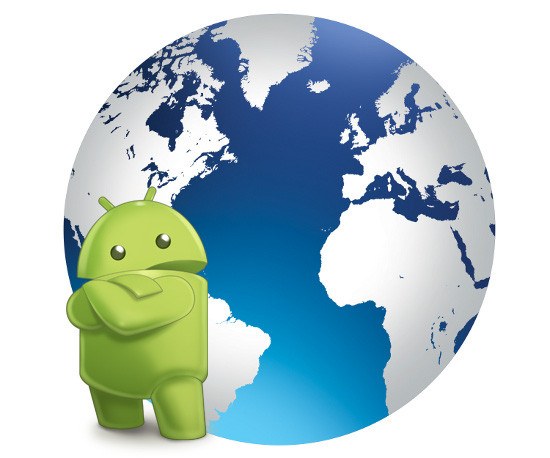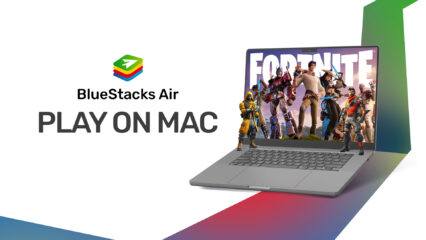Marketing Your App 101 - How to Pick The Right Countries

So you’ve got a fantastic app, and you want the world to know about it. You excitedly rush to your nearest brightly colored, excitingly named mobile ad network and they tell you that they can find you millions of users, (MILLIONS!!!!) for the low low price of $.05 per user and in your excitement you give them your preciously saved $5,000 that you were saving to buy computers for the new employees (They can just use their own computers, right?). The next day you see huge spikes in traffic from as diverse places as Korea, Brazil, Russia and Pakistan and everything looks great…. And then they disappear within a week and your mobile ad network tells you that you have to spend more since the $.05 was just an introductory number and the price is now $1.25. At least you got 800 users who lasted longer than 7 days, that’s something right?
So what happened?
In short, you got the usual run around by mobile ad network and no one is willing to tell you the truth (because it’s unprofitable for the brightly colored, excitingly named mobile ad network): that building a global successful app is hard, and you need to start small and expand the right way. What I’ll attempt to do here is summarize the methods that I’ve seen multiple large developers do to roll their apps out and have massive success. They follow a similar pattern: pick a small country, market their apps there, ensure the apps work then pick a larger country that they can easily transition into. The process is repeated a few times until they have an app with a massive global presence.
So what country do you start with? For the purpose of this article, I’ll use a set of English speaking countries but you’re welcome to pick your own. There are a few things to keep in mind when you pick a country:
- Do you understand how the people of that country use apps or will use your app?
- Do you understand the language as a native would?
- Do you understand the culture?
- Will your learnings there be applicable to other countries or just that country?
I’ll take a wild guess and say that this blog’s reader base over-represents Americans, Canadians, Australians and British folks. So let’s use these countries as an example for expansion. Interestingly enough these countries use apps the same way, largely speak the same language, largely have the same culture and tastes (except Vegemite… G’Day Aussies :)), and based on internal BlueStacks data, your campaigns from one country should easily transfer to one of the others. So how do you take advantage of this? A secret that the big game developers use is that they usually start their campaigns in New Zealand! Why New Zealand? It’s a small country that speaks English, has similar app usage behavior to the other countries mentioned, culturally similar, and you can easily expand your learnings from it to Australia and beyond.
The first thing you should do is to find your New Zealand and start with exposure there. The data you get back will be vital. Are your Day 7 Daily Active Users (DAU) numbers meeting targets? Is your Average Revenue Per Daily Active Users (ARPDAU) high enough? Are session times satisfactory enough? Are there any glaring bugs to fix or devices to support? By limiting and starting with a small country like New Zealand, you can fine tune your application to meet all of yours and users’ goals. Once you’ve ensured that you have a highly polished app, the next step is to expand!
Here’s where it counts to pick a country that similar to many others but is smaller: You can expand and re-use your marketing content and you won’t have to re-invent all of your content. The next obvious step, if you’re picking a country like New Zealand is to pick the next biggest country in terms of users. Based on our data, we see that Australia is the next biggest country and luckily it’s right next door. With Australia, you can largely re-use marketing content and the winners of your tests in New Zealand should hold true for Australia. With that being said, you can gain more knowledge doing what you already know –by exposing it to just one bigger country. Maybe have a community manager to work with your users, or maybe you will have to increase back-end capacity due to more users. Your findings here will be critical as you expand into other countries as you might run into similar but larger scale countries.
Once you’ve mastered Australia, it’s a good time to expand into countries like the U.K. or Canada. If you’re sure that your app is fantastic, you might even want to try out Singapore or India. The choice is yours. As you expand in these countries and get more users, it’s a good time to explore what other languages you’ll need to localize your game to next. Developers normally choose Spanish, French and a select few pick Korean. The U.K. and Canada stage is also an excellent point to push out a big upgrade and make sure no major bugs arise. If they do, you’ll have a good opportunity to fix them before crossing the chasm into the U.S..
The U.S. is big. There’s no way around it. Hundreds of millions of potential users, diverse tastes, much bigger cohorts and many competitors. If you’ve taken your time to expand through New Zealand, Australia, Canada, U.K. and ensured that your app’s bugs have been squished, that you’ve incorporate fun features and a constant and steady stream of two-way communication with your users, expansion into the U.S. should not be a rocky road. You should be earning a steady amount through expansion into the U.S. so please feel free to contribute to the Danny Dhillon vacation fund by emailing me at danny@bluestacks.com. Thanks!

















